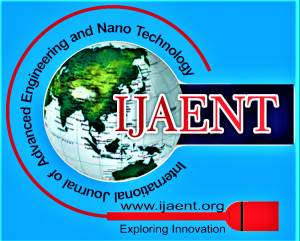![]()
Promising Nature of MoO3 Nanostructures in Gas Sensing Applications – A Review
Jaya Bharti1, Arshali Sasi2, C. Sasi Kuma3
1Prof. Yao-Wen Tsai, Department of Mechanical and Automation Engineering, Da-Yeh University, Taiwan R.O.C.
2Van Duc Phan, Department of Mechanical and Automation Engineering, Da-Yeh University, Taiwan R.O.C.
Manuscript received on June 10, 2016. | Revised Manuscript received on June 23, 2016. | Manuscript published on June 30, 2016. | PP: 1-9 | Volume-3 Issue-4, June 2016. | Retrieval Number: D0372063416
Open Access | Ethics and Policies | Cite
© The Authors. Published By: Blue Eyes Intelligence Engineering and Sciences Publication (BEIESP). This is an open access article under the CC BY-NC-ND license (http://creativecommons.org/licenses/by-nc-nd/4.0/)
Abstract: Molybdenum trioxide (MoO3 ) is a transition metal oxide with a wide band gap. It is an n-type semiconductor material with an oxygen deficiency. MoO3 used as a sensing element for many of the reducing and oxidizing gases and proved to be a promising candidate for the same. Many literatures are available in this context; out of which some are explained in this article. This discussion covers the gas sensing response of different type of nanostructures of molybdenum trioxide and selectivity of particular structure toward the gas being sensed. It also includes the graphical representation of the variation of sensitivity/sensor response with the concentration of test gas. Lastly conclusions have been made on the basis of the discussion given in the following sections.
Keywords: Sensing mechanism, Gas sensing response of Molybdenum trioxide, MoO3 Nanostructures.
